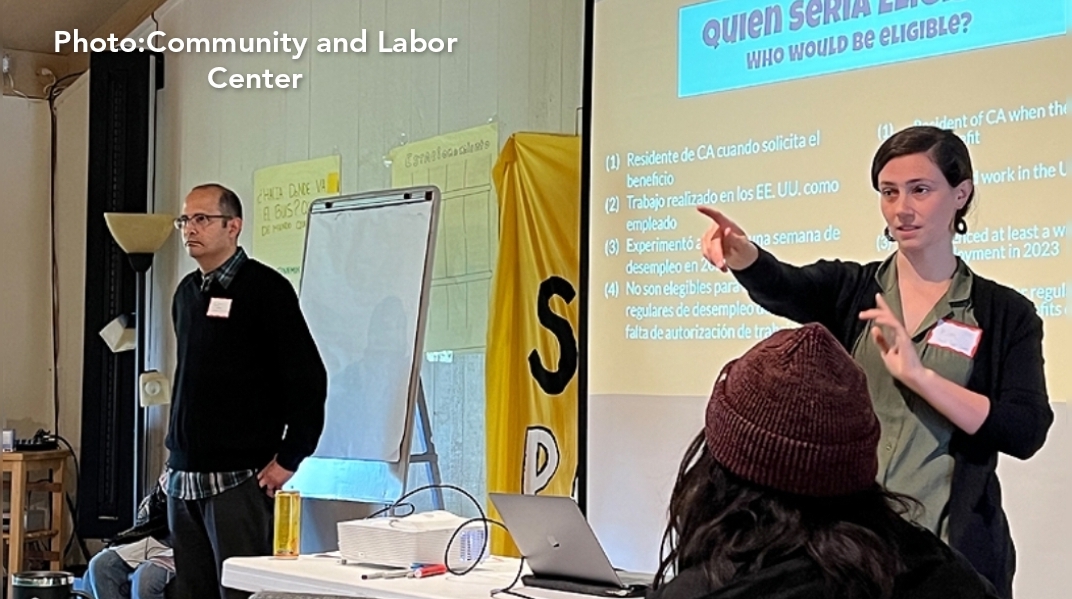Tens of thousands of undocumented immigrant workers in California could receive aid from an unemployment benefit system if the state approves the program. UC Merced’s Community and Labor Center (CLC) has published a report that examines the need for the system.
Approximately 17.1 million people make up the state’s workforce, and it’s estimated that 1.1 million of them are undocumented immigrants. In other words, roughly 6.4% of California workers, or about 1 in 16 workers, is undocumented and therefore excluded from the federal unemployment insurance system.
“California is the world’s fifth-largest economy, yet over a million of its workers lack eligibility for the most basic safety net provision: unemployment benefits. AB 2847 is an important step in modernizing the safety net for California workers on the front lines of the global economy and major disasters,” said sociology Professor Edward Flores, with the CLC.
Assembly Bill 2847, introduced by Assemblymember Eduardo Garcia (D-Coachella), would establish the Excluded Workers Pilot Program until Jan. 1, 2025. Administered by the Labor and Workforce Development Agency, the program would provide income assistance to excluded workers who are unemployed and not eligible for state or federal benefits administered by the Employment Development Department.
An investment of $597 million could provide $300 in weekly benefits for 20 weeks to roughly 140,000 unemployed undocumented workers in California.
Studies have shown that economic aid is an important tool that safeguards the health and wellbeing of workers and their families during a public health crisis, such as with the COVID-19 pandemic. Citizen workers have been able to access economic aid without exclusions, and these economic assistance programs that provide workers with relief can mitigate fear and risk of retaliation—including having their hours reduced or being fired—if they file a report against employers not following workplace health and safety standards.
According to the report, undocumented workers play a key role in California’s economy by generating $3.7 billion in state and local tax revenues. However, these same workers face far greater levels of economic insecurity: 38% of noncitizen workers earn below a “living wage” compared to 18% of citizen workers. The Massachusetts Institute of Technology’s Living Wage Calculator shows for California as a whole, the living wage for one adult with no kids is $18.66 an hour. More than 6 in 10 children living in noncitizen worker households live below a living wage, compared with 36% of children in citizen worker households.
The pandemic revealed several longstanding workplace inequities. Analyses show that a relationship exists between the lack of access to unemployment benefits and industry-level pandemic deaths. Workers in eight of the industries with the highest pandemic-era increases in workplace deaths had low rates of unemployment benefits usage (less than 25%) and high rates of in-person work (more than 80%). And in the first year of the pandemic, California unemployed citizen workers were eligible for up to 20 times as much economic aid as unemployed undocumented workers ($35,000 vs. $1,700 respectively).
Groups of demonstrators have traveled to the state Capitol to rally in support of the proposed pilot program. They point to existing initiatives in states such as Oregon and New York as models for state-funded benefit programs that replace undocumented immigrant workers lost wages. The bill, which also has the support of eight legislative co-authors, continues to make its way through the state Legislature.
Report per Juan Flores, UC Merced Communications




You must log in to post a comment.